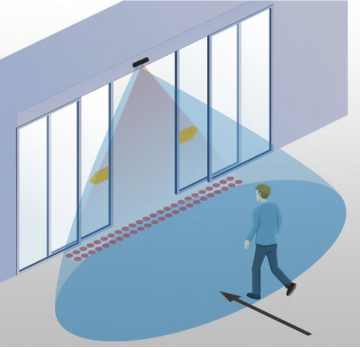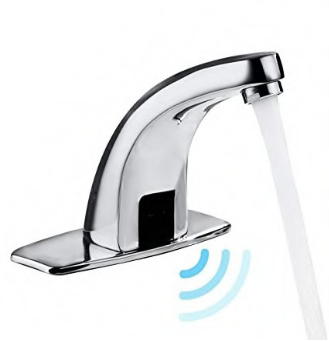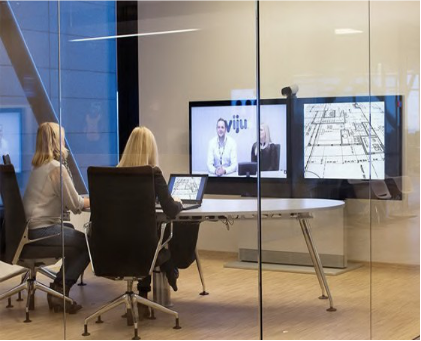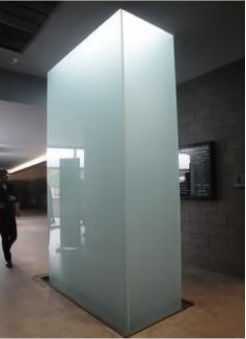Pandemic Response Building
As everyone settles into the “new normal” coping with the possibility of a viral resurgence, it is still emerging which parts of the “old normal “ will remain and what will emerge as the new which will be a way forward from here. An online survey shows an increased number of people prefer coming back to work. Working from home has been a challenge with concerns over bandwidth & connectivity issues, feeling of isolation, a lack of dedicated workspace amongst others.
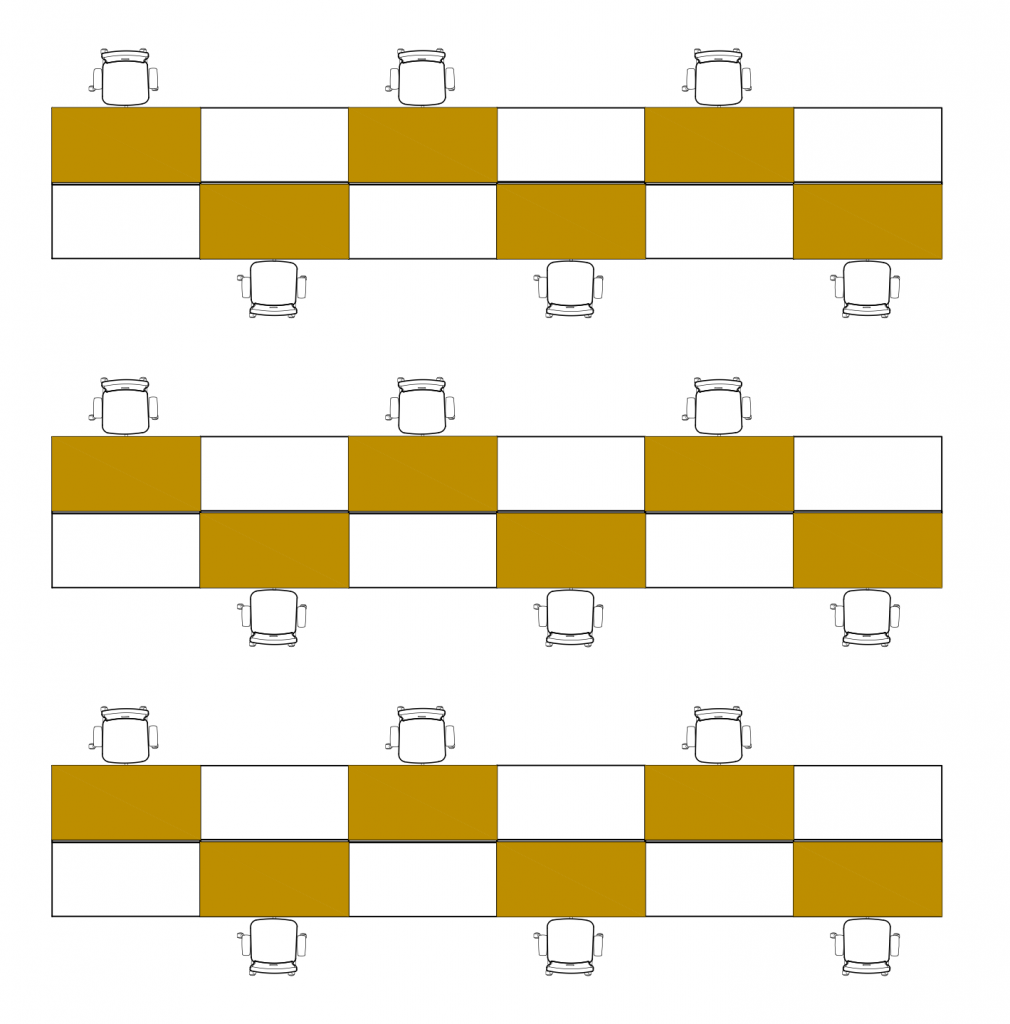
One of the biggest consideration will be how will workplaces adapt to this new condition. Organizations will make traditional workplaces more adaptable and flexible to provide to this “want to return to workplace sentiment”. When asking the workforce to return the office need to be made safe and healthy. Listed below are some of the measures a workplace can take for the returning employees
To begin with, to avoid bringing the virus into the office companies need to implement strict protocol measures of thermal screening, usage of masks, the 4 feet distance rule and asking questions about travel, if necessary to be decided if work from home is needed for a specific employee.
Relook at densified seating arrangements – This is a challenging task in densified workplaces in India, especially if the company is using linear desks. Alternate seating of employees can be looked at with the intermediate seat left vacant. The seat opposite the one that will be occupied can also be left empty to form a zig zag seating pattern. Removable screens can be attached to existing fabric or glass screens to create the additional barrier for transmission of the virus.
The whole office space can be reused for the returning staff. Breakout areas, focus seats, training and meeting room seats are potential seats to be used to increase holding strength to more than 50% of the floor workseat capacity. These seats will be available as meeting activities happen at virtual locations and external visitors will be discouraged to enter the workplaces. Marking locations which can be occupied and removing away excess seats can be looked at. People working in staggered timing / in shifts, opens up the prospect of all the employees coming into the office almost on a daily basis.
It is also needed to avoid employees coming close to someone seated/standing within the same 4 feet circle by using of signages and markers on the floors all around the office. Clock wise movement along circulation aisles and corridors should be encouraged.
Maintaining hygiene and cleanliness while implementing the above measures and when more than a single person uses the same work desk keeping them clean and avoid cross contamination between multiple uses becomes important. Cleaning schedules will have to be preplanned around work schedules.
In the event that an employee becomes symptomatic during work hours, offices need to be equipped with sick or isolation bays with proper indication and route maps given to all employees as to how to reach the isolation area. These zones have to be extra sanitized and kept clean and airy to reduce cross contamination to others. These rooms could also be equipped with quick test result kits.
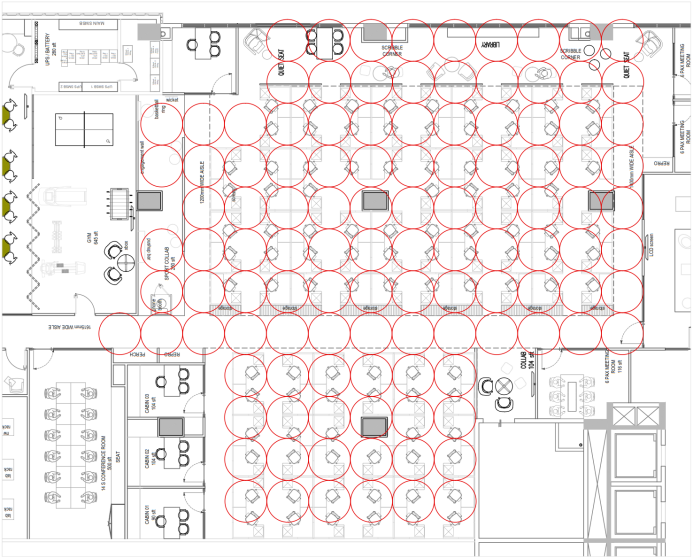
Maintaining cleanliness standards in this new work scenario not only by the cleaning staff who will continually keep all the occupied areas of workstations and meeting areas clean, employees need to be provided and educated how to use hand wipes, disinfectants regularly, maintaining clean and organized workdesk which makes it easier for the cleaning staff to be more efficient.
Technology with new touchless features in interior design elements including touchless faucets, automated window shades and motion-sensor based lighting are becoming popular. Interior design elements incorporating materials which are smooth and non textured, easily wipe-able and that which can withstand frequent cleanings in common transition zones will be more and more used.
Automating common touch points through sensor based doors, foot pedals with magnet catch for doors to remain open, keeping the air conditioning office up to date with appropriate use of filters which serves as continuous purifier by maintaining good air quality that reduces airborne particles, dust, VOC, bacteria and virus should be used. Washrooms need to have virus safe hygiene standard with touchless soap dispensers, faucets, hands free dispenser, no touch garbage receptacles along with rigorous sanitization and cleaning schedules.
When the employees return to the workplace, consider how they would feel returning to a place with a lot of restrictions and mingling criteria, making them come back in intervals rather than enmasse. Providing the necessary atmosphere for social distancing provides a greater control over the health of the returning employee while making them feel comfortable and safe about the place they are working from.
Working from home for such a prolonged period has opened new ways of working. The “back to the office” transition should allow collaboration, teamwork, and meetings that make the daily routine will need to be retooled to a mix of analog and virtual interactions. It may be early to predict if these new methods are here to become permanent, however these new changes should be accepted and allowed to exist. Building social relationships, thriving within a community, reimagining organizational work culture and coworking along with other employees who are not only colleagues but friends with whom that connection was dearly missed is what the workplace is still all about.
Share


